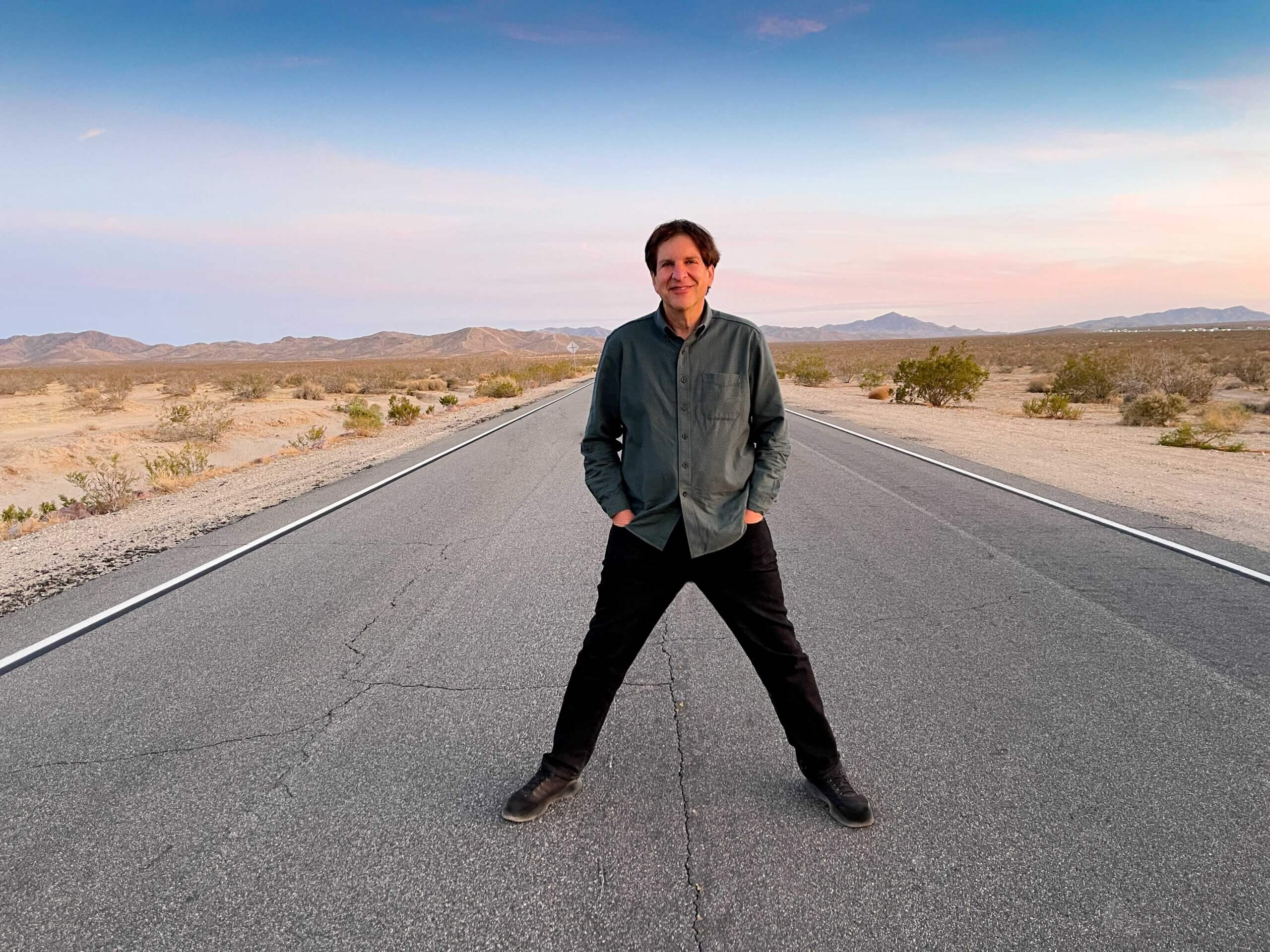If you’re not using the time-lapse feature on your smartphone now, you’re missing out on one of the great tools of the digital age.
We get to see the world zipping by, in fast motion, and all it takes to make it happen is a click of a button. Clouds zoom by, ocean waves weave in and out faster than normal, people run down the street at speeds not normally seen.
You can make fantastic, high-resolution time-lapse videos on DSLRs and mirrorless cameras, but the process tends to be cumbersome. You shoot 1,000 or so images, take them into an editing program like Adobe Lightroom, process them and then move the 1,000 images into a video editor.
On mobile, you click a button, and the smartphone (or GoPro Hero camera) does the processing for you, producing a file that’s ready to share instantly.
Here’s what you need to make a great time-lapse.
Tools to use
A basic tripod and a smartphone tripod adapter is all you need. That and time. Because the biggest mistake many people make on time-lapse shoots is that they can get away with hand-holding the camera. They can’t. Because for a good time-lapse, the camera should run for at last 30 minutes, if not longer. An hour is even better and longer would be preferable. Because I’ve never come home with a time-lapse clip where I said, “That clip is just way too long!”
Handheld you could do for a minute or so, not much longer.
The upshot is that your time-lapse, even as long as 30 minutes or 60 minutes, will probably end up being 10–15 seconds at the most. Time-lapses on the iPhone tend to be slow, so I usually speed them up in video editing to go even faster.
What you can’t do on the iPhone is make any adjustment to the frame rate, or the speed of the final show, which is something I’d sure love to see Apple add in the future. As well as a little clock that shows you how much time has lapsed since hitting the record button.
However, if you’re as into time-lapse’s as much as I am, you might consider the Google Pixel line of phones. On the new Pixel 6 Pro, Google gives us five different speed options when making a time-lapse — 1x, 5x, 10X, 30x and 120x. And Google also has the time elapsed feature that I so want Apple to clone on the next iPhone. Samsung tends to call their feature “Hyper-lapse,” and like Google, offers the videos in multiple speeds. I harp on this because it eliminates one step of the process, which is speeding it up in editing.
Recent GoPro Hero cameras also offer time-lapse in multiple speeds and have a cool feature called Time Warp that let you do “moving” time-lapses, as in, you can walk with the camera, handheld, and get some pretty wild stuff. The Hero even stops and starts as you pause.
To make your time-lapse, if you haven’t already, just set up your tripod, put the phone into the smartphone tripod adapter, frame your shot, hit record and have something else to do for the next hour. Unless you like watching the little white button go round and round around the record button on your phone.
Time-lapse videos don’t have sound, so you’ll want to add music or street noise in an editing program like iMovie on the phone, or Final Cut, Premiere Pro or whatever you like on the desktop.
On our new podcast, the iPhone Photo Show, co-host Scott Bourne has remarked often at how surprised he was to see me working in Bosque Del Apache, NM on a recent shoot. We arrived at 4:30 a.m. to get a prime spot to photograph the morning, “blast-off” of tens of thousands of birds and while he was unpacking his bags, I was setting up multiple tripods, in multiple directions, for priceless time-lapse videos to capture the transition of night to morning.
It’s a beautiful thing.
Your subjects
Your best time-lapse subjects have clouds in them, because there’s nothing cooler than seeing nature at work. Fast cars are great, as are busy street scenes with scores of people dashing about. I live in a Southern California beach community, so I’ve done many time-lapse videos down at the beach, but I’m not a huge fan of water videos. I like the top of the frame, but watching the waves come in at lightning speed can get a little jarring.
In general, static subjects won’t do much for you, unless you’re smart about it. Something has to move in the background for it to be interesting. For instance, I spent a good two hours outside the historic Santa Barbara County Courthouse, which never moved, but the fun was watching the evening sky turn to morning, and the shadows of the trees make their way across the building.
There are so many possibilities. Have fun!















What would be really nice is if Google or android phone makers added a editing time-lapse feature so can speed them up more later or if desired like when recording have ability to slow and speed up sections, possible with transitions not abruptly but let it get faster and slower when called for in post editing app on phone.